 In the fall semester of 1961, a freshman from Boynton Beach, Fla., arrived on Florida A&M’s campus ready to leave her historic mark on Tallahassee. And she didn’t even know it.
In the fall semester of 1961, a freshman from Boynton Beach, Fla., arrived on Florida A&M’s campus ready to leave her historic mark on Tallahassee. And she didn’t even know it.
For Harriett Louise Adderley, her remarkable story from Tallahassee days began simply because she was a friendly young woman who was courageous enough to live life the way she wanted, despite what people thought or said.
Become the first woman to play for the Rattlers’ varsity baseball team? Sure, with a little encouragement from her friends. Participate in a civil rights march against segregation in Tallahassee and beyond? Yes, and serve as the lead plaintiff in what became a landmark U.S. Supreme Court Case, Adderley v. Florida.
“If I enjoyed doing something, I did it,” Miss Adderley told Black College Nines. “If it was there for me to do and I could do it, then I would do it.”
Miss Adderley is one of seven children – four girls and three boys – and she is the youngest girl.
“I wasn’t the tomboy, but I was real active,” said Miss Adderley, who splits her time between New Jersey and Florida now that she’s a retired teacher. “Growing up in my household, you participated and did everything you wanted to do, but you still had to be a lady. So, I was a lady and I brought my rough part, too.”
 As she was growing up, women played in the All-American Girls Professional Baseball League, and Toni Stone (Indianapolis Clowns and Kansas City Monarchs), Mamie “Peanut” Johnson (Indianapolis Clowns) and Connie Morgan (Indianapolis Clowns) made names for themselves, too. But her baseball inspiration came from closer to home – her oldest sister, Blanche, and Hank Aaron.
As she was growing up, women played in the All-American Girls Professional Baseball League, and Toni Stone (Indianapolis Clowns and Kansas City Monarchs), Mamie “Peanut” Johnson (Indianapolis Clowns) and Connie Morgan (Indianapolis Clowns) made names for themselves, too. But her baseball inspiration came from closer to home – her oldest sister, Blanche, and Hank Aaron.
Her FAMU career was short-lived, ending in heartbreak. But where one door closed, others opened as Miss Adderley continued her path as a leader and long-time elementary school teacher.
Miss Adderley visited with Black College Nines writer Douglas Malan on July 14, 2020, to discuss some of these stories from her inspiring journey. The following is a lightly edited version of that conversation.
Growing up in Boynton Beach, were there a lot of opportunities for girls to play baseball?
Not really. We had a softball team, and I played softball throughout my younger years. I did whatever there was that we did. I played basketball and softball in high school, and I also ran track. My father didn’t want me to go to Tennessee A&I (with its world-class track program). He’d say, “You’re going to school now. You’re gonna grow up to be a young lady. And then you go off and play baseball.” (laughing)
Were there any female baseball players you looked up to for inspiration?
No. Well, my oldest sister, Blanche, was a softball player, but that was it. I went to college with Hank Aaron’s sister-in-law, Jackie Lucas, and brother-in-law, Robert Lucas, and we were good friends. Small world. When Hank was in Milwaukee, I went to Milwaukee to visit their home there and everything. I just admire him. His brother-in-law played baseball at A&M and later worked as a scout with the Atlanta Braves. (Ed. Note: Mr. Lucas also coached FAMU’s baseball team from 1987-91 and 2008-10.)
When you went to Tallahassee your freshman year, did you have in mind that you would try out for the baseball team?
No, I had no idea I was going to. None at all. I met Robert Lucas and Roy T. Thomas walking on campus. They were on the baseball team, and I was a freshman that was very friendly. I knew Moses McCray, too, because he and I went to high school together. And, you know, you get to school and you’re meeting new people. I just started talking with them and we became close friends. I would just go out with them and play baseball.
How did you end up trying out for the team?
 I was out there playing with them in the fall, hitting and catching, while they were practicing. Sometimes it was just the three of us. And Coach (Costa “Pop”) Kittles saw me one day and he asked Roy who was the guy that was out there with him and Robert. (laughing) And Roy T. said, “Well, you’re gonna be surprised because he is a girl.” And he said, “You’ve gotta be kidding! This can’t be. I have to meet her.” I was dressed as a ballplayer, and I was wearing my hair up in a cap. When you’re looking off in the distance, you don’t figure that’s a girl out there.
I was out there playing with them in the fall, hitting and catching, while they were practicing. Sometimes it was just the three of us. And Coach (Costa “Pop”) Kittles saw me one day and he asked Roy who was the guy that was out there with him and Robert. (laughing) And Roy T. said, “Well, you’re gonna be surprised because he is a girl.” And he said, “You’ve gotta be kidding! This can’t be. I have to meet her.” I was dressed as a ballplayer, and I was wearing my hair up in a cap. When you’re looking off in the distance, you don’t figure that’s a girl out there.
Coach Kittles introduced himself, and he was shocked. He said, “If anybody had told me a lady like you would be out here for baseball, I would never have believed it. Why don’t you try out for the team?”
I said, “Oh, no! No way!”
But, I tried out because of Robert and Roy T. They talked me into it.
That’s how it started.
When the baseball season came around, what were your expectations?
Well, I didn’t think I’d make the team. I really didn’t. I thought eventually rumors and talk would start. You know, “you’re the only girl,” and all of that. But I kept on, and I made the team. I felt very good about that. I was a girl, but I carried my load. I think because of me doing that, I had just as much right to make the team as anyone else. And I did.
What position did you play?
Second base. I was a reserve. And I hit right-handed.
Were your teammates supportive?
They were very supportive. And I used to always think, did Coach Kittles tell them they had to be this way? But, no, that was them. They were very supportive – if you want to be on the team, you have to work like every one of us. They treated me as if I was one of them. That says a lot about them.
Do you remember any games that stand out?
Oh, yes. Allen University. We went up to Allen (in South Carolina) and they were determined that no girl was gonna play against their team. They refused to play. This was the boys’ team, and that’s the way it’s gonna be. Coach Kittles got the rulebook and nothing said girl or boy. It said “player.” That was that. I was able to play, but they forfeited the game because there weren’t gonna play against me.
How did they figure out you weren’t a guy?
(laughing) The news had sorta gotten around. They wanted to see the girl. When they saw the girl was there, they were really adamant, “She’s not gonna play.” Well, I was gonna play. And then they decided they weren’t gonna play against a girl. One girl! One girl is stopping the show? That doesn’t make sense. But, that’s what happened. Coach Kittles wasn’t going to keep me out of the game. He held his ground.
My oldest brother, Cecil, worked and lived in Columbia, South Carolina. All of his coworkers were coming to the game because his sister was out there playing. That became a thing, you know. Of course, there was no game because they wouldn’t play against a girl.
Seems to me they might’ve been a little scared of you!
(laughing) They don’t know what this girl is gonna do! Might’ve been that.
Did you get a lot of that kind of attitude when you played other teams?
A lot of it. And then some would just go with the flow, and it worked out alright.
Did any of those games end with players changing their minds about you?
Yes, and those teams turned out to be very nice. They came and shook my hand and were like, “You’re one of the guys,” even though I wasn’t one of the guys. They respected me. It was beautiful. And I felt good about it.
Do you remember anything about your season stats or special hits?
No, I really don’t. I remember one game. It’s foggy so I can’t really put it all together. We’re talking about so long ago, so long ago. But it was just an enjoyable time for me. I had gained their respect as a baseball player.
How did other women at Florida A&M react to what you were doing?
I was not a phys ed major. I was an elementary education major. And, of course, the female phys ed majors got it from the young men on the team that a girl who was an elementary education major came out and made the team. So, I caught a little flak from the female phys ed majors. You’d think a person in sports and physical education would be the one to come out. But it calmed down after a while.
I don’t know of other women who tried out for the team. Not while I was there.
How did your classmates in the education department react?
They were thrilled! I had a lot of people behind me. They were excited. The dormitory was excited for it. I really gained their respect. It ended up being a very good turnout for everything.
Were you thinking at all about being the first woman on the Florida A&M team and how big of a deal that was?
Believe it or not, it never entered my mind that I’m the first girl. It really did not. And people say, “It had to!” No, playing baseball was just something I wanted to do and I enjoyed doing.
How did your baseball career end?
Roy T., the young man that got me out there and noticed, when he got killed accidentally, it just blew my mind. It was just…unbelievable. He died in an automobile accident while we were in college, after my sophomore season.
I played two seasons (1962 and 1963), but I just couldn’t do it after Roy T. died. I really missed him. And, you know, the other night I was thinking about all of this and I hadn’t felt this way since I learned of his death. Such a great guy. He was so terrific.
I told Coach Kittles I could not be out there without him, and he said he understood. It was a very sad time. And for me, that was all for baseball.
In the fall of your junior year, 1963, the Civil Rights Movement was surging. You were a young woman who hadn’t marched or protested publicly before. And you became part of three days of protesting in Tallahassee, from September 14-16, leading to your arrest for “trespass with a malicious and mischievous intent” on the Leon County jail driveway, along with hundreds of FAMU students. Why did you decide to get involved?
 I decided to get involved because there was an opportunity for me to get involved. And I just had to be a part of that. This is something I want to be a part of. I want to fight for this. And I felt as though I had to do that. It was a huge demonstration.
I decided to get involved because there was an opportunity for me to get involved. And I just had to be a part of that. This is something I want to be a part of. I want to fight for this. And I felt as though I had to do that. It was a huge demonstration.
It wasn’t a pleasant situation. We were nonviolent, and we had to take whatever they did to us. When they spat upon us, when they threw things at us, we just had to keep marching. That was tough, but we did it. And going to jail was even tougher.
We were packed in there like sardines. They put as many in a cell as they could and then put up some tents outside and had us out there, too. And the more we made a squeal that we were tight, they kept pushing more in.
It was hot and it was messy and it was unbelievable. I spent the night in there, and I got out the next day.
You know, that picture came into my mind just then. Oh, my God. That overnight in jail was something I will never forget.
How did your parents react?
They didn’t know. They didn’t know, but they found out. I had to pay a bill to get out of jail. They didn’t just release us. I called my sister, Beatrice, and she sent the money for me to get out of jail. And she said, “Of course, we have to let Mom and Dad know about that.” I said, “Well, you tell them.” (laughing)
But I knew she would back me and send me the money because we always helped out each other. So, she told Mom and Dad. Of course, my girlfriend who was with me in jail, she was from Delray (Beach), and her parents had already told my parents. They knew, and they dealt with it.
You became one of 32 protestors who went to trial after most had their charges dropped. Did you attend the trial?
I didn’t attend the trial, but I was following it closely. It was a feeling that I had no control, so I went with the flow. I knew it was going to be appealed. It was nerve-wracking, believe me. There was fear.
Your case winds up in the U.S. Supreme Court in 1966 and, by that time, you’re far from Tallahassee. What was happening in your life?
After graduation, I came to Philadelphia and taught there for one year. I met this guy who wanted to date me because he was a law student at Villanova. He heard I was in the area, and they were studying my case and he wanted to meet me. And that’s how I found out I was in Time magazine!
When I was interviewing for a teaching job in New Jersey, the superintendent said, “You’ve never been arrested, have you?” And I said, “Yes, I have. I went to the school in the South. We were segregated.” And I told him the whole story.
That was a part of me I had to talk about. Because of it being in Time magazine and my name was mentioned, that would always be associated with me. I didn’t want anyone to say they found out something about me.
I got that job at Rush Elementary School in Cinnaminson, New Jersey, and taught for 37 years before I retired in 2004.
It didn’t take long for more people to learn about your story.
When I was teaching, they had heard about me playing baseball and track, so the high school wanted me to coach the girls’ track team. Well, I was an elementary teacher. When the high school was out, elementary school was still going on. I didn’t have the time to coach, so I did the next best thing. I became a track official. And I’m still an official for track and field for the state of New Jersey.
 I was the NFL Teacher of the Month in 1992 because a student of mine, Andre Collins of Washington, thought I was fabulous teaching him in first grade. He nominated me against so many teachers, and I won. I was on TV, and it was really a big thing. The NFL came to my school. It was gorgeous, unbelievable. This guy, who I had in first grade, nominated me. He had gone through high school, college and playing pro ball. And he nominated me.
I was the NFL Teacher of the Month in 1992 because a student of mine, Andre Collins of Washington, thought I was fabulous teaching him in first grade. He nominated me against so many teachers, and I won. I was on TV, and it was really a big thing. The NFL came to my school. It was gorgeous, unbelievable. This guy, who I had in first grade, nominated me. He had gone through high school, college and playing pro ball. And he nominated me.
My students would say they’d always remember me. And I said that’s what I want. Because I’ll always remember them. I had some good students.
Do you look back on your baseball career and think about it any differently? About how you broke down some big barriers and girls and young women can look at you as an inspiration?
Yes, I do. I opened the gate for a lot of things, and I think girls began to believe in themselves. There was always someone bringing us down. But if they weren’t strong enough to keep it up themselves, we would never have gotten anywhere.
I think about my career at A&M quite a bit. It was a real special time.
Douglas Malan is a journalist and visual artist living in Connecticut. His works include short stories, poetry and books. Among the books Malan has authored includes the children’s book, Let’s Go To The Ballpark!


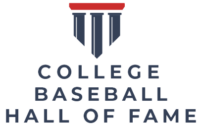
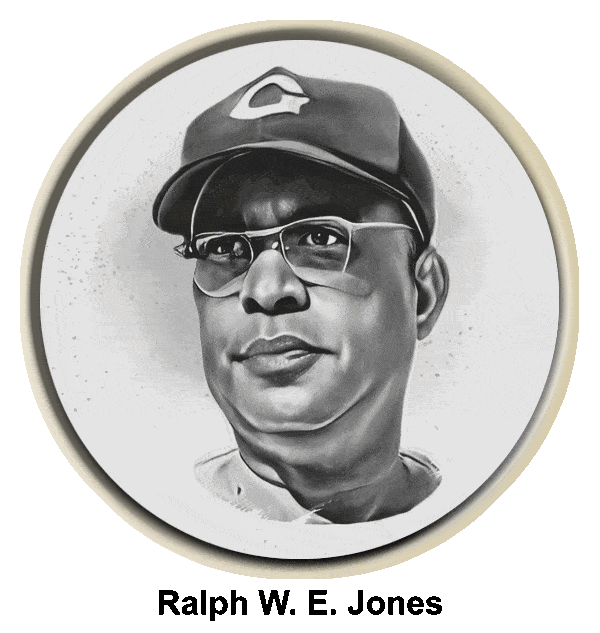












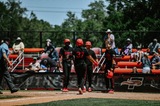







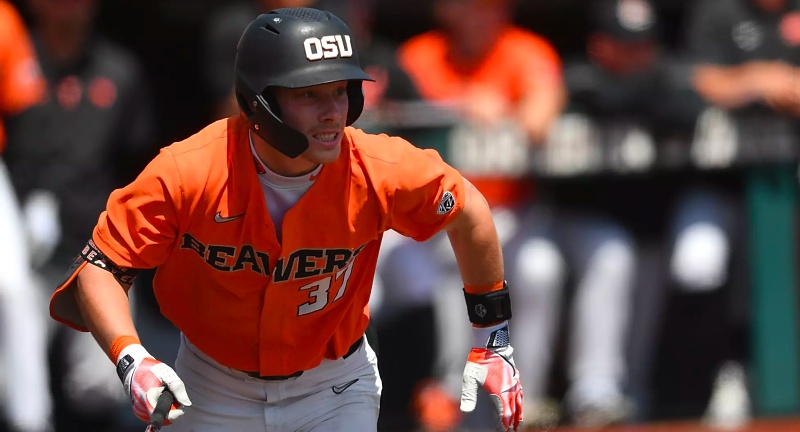

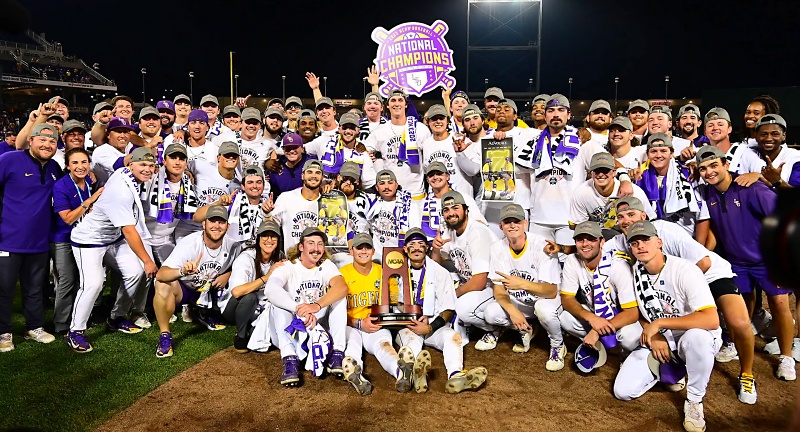








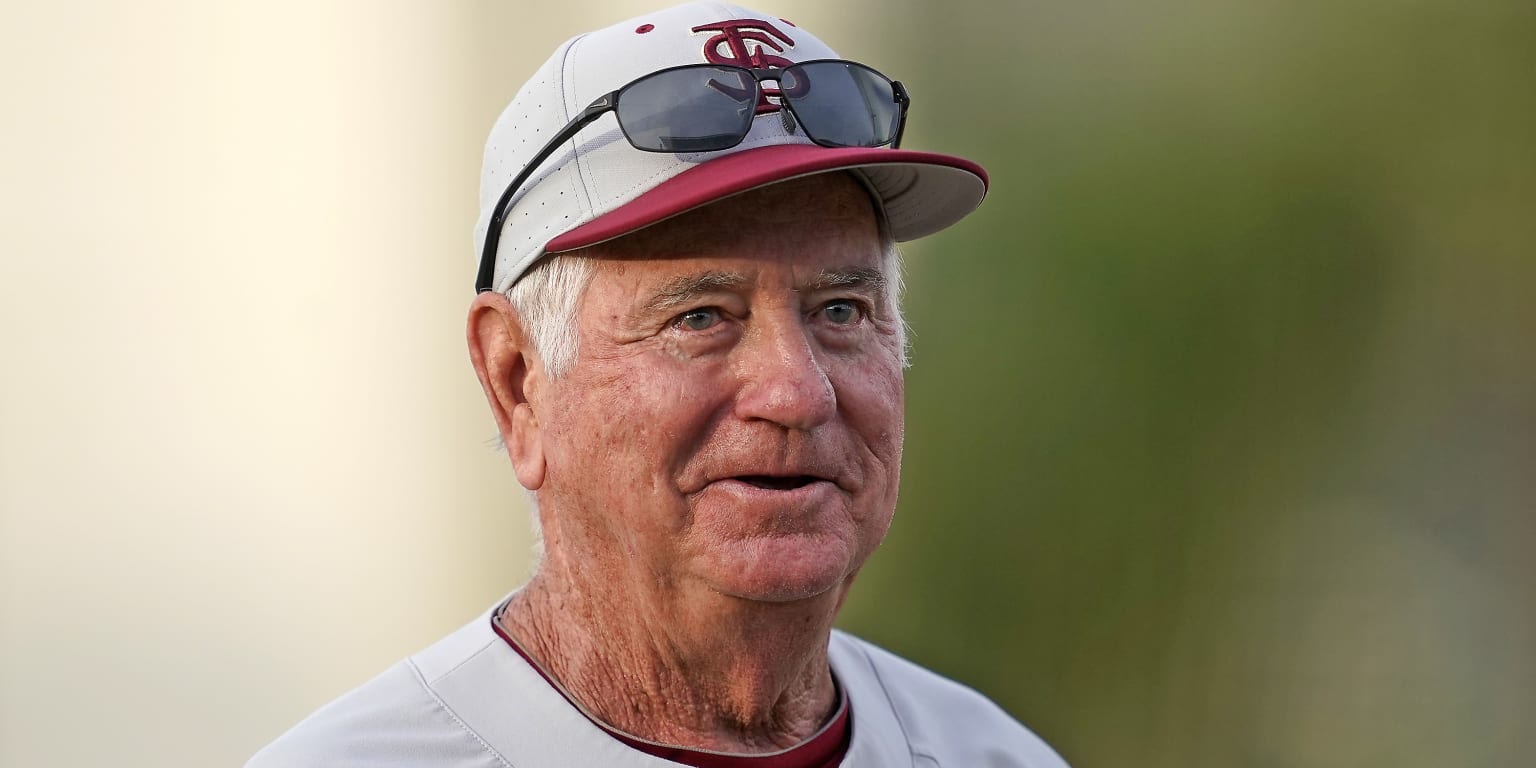
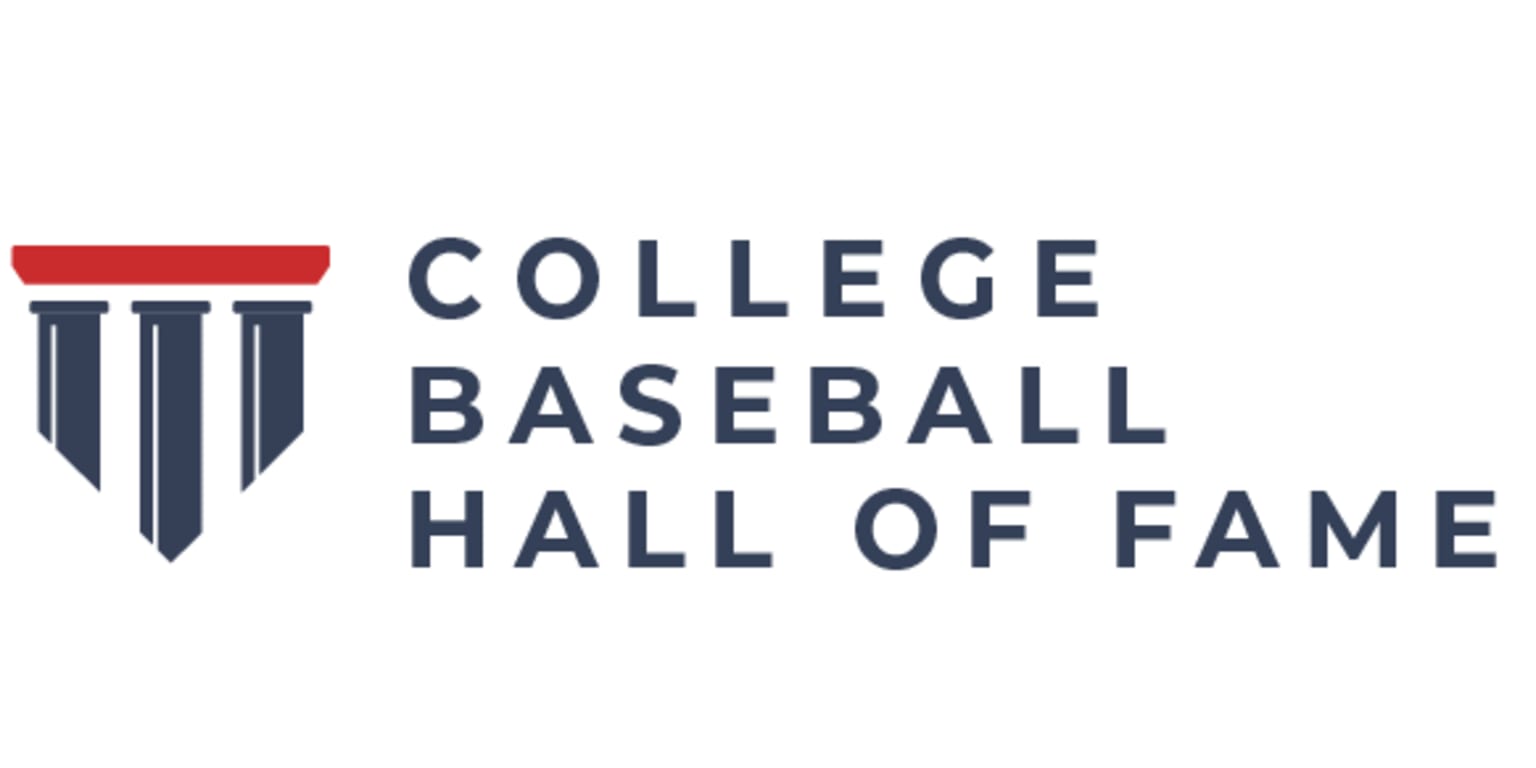
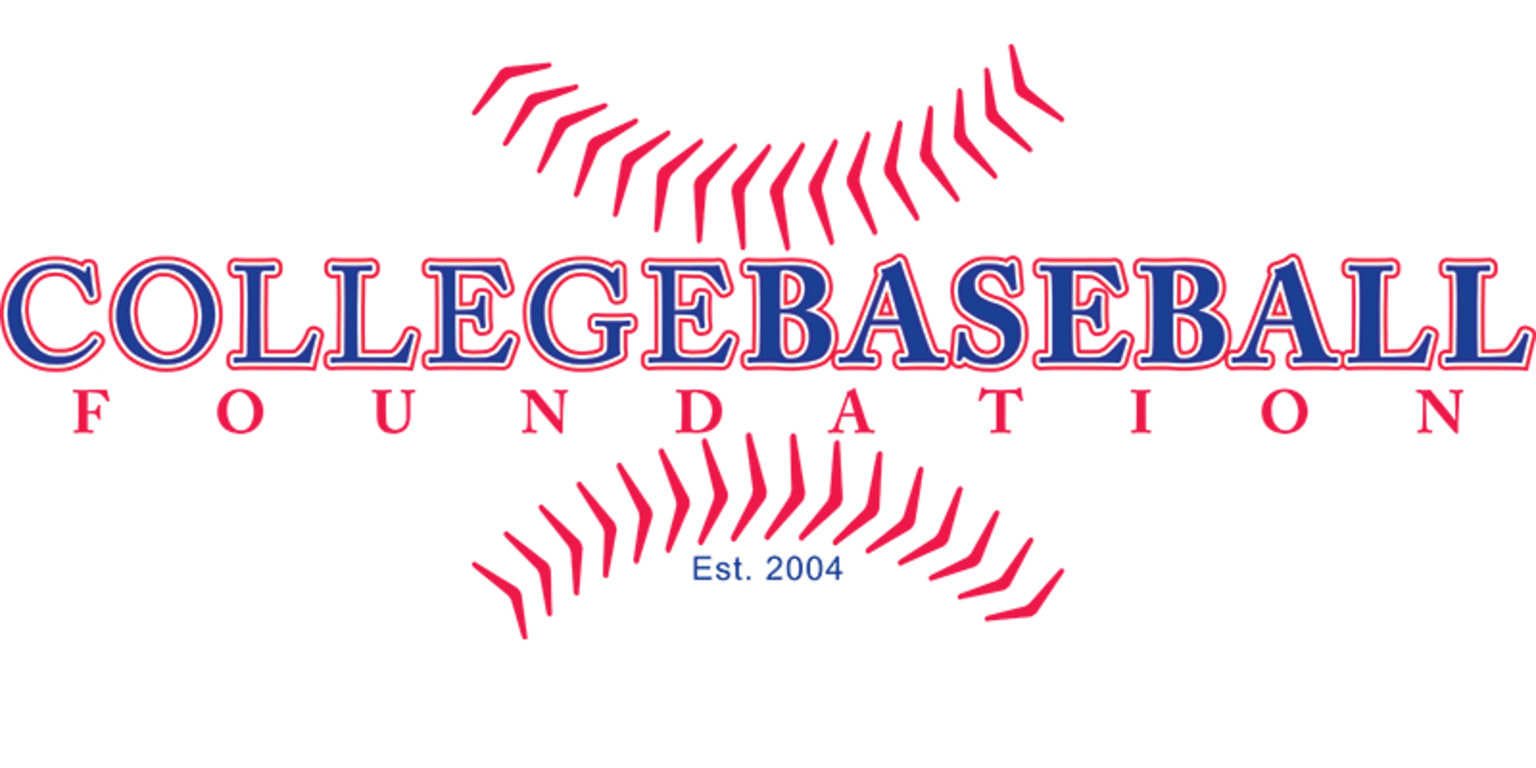








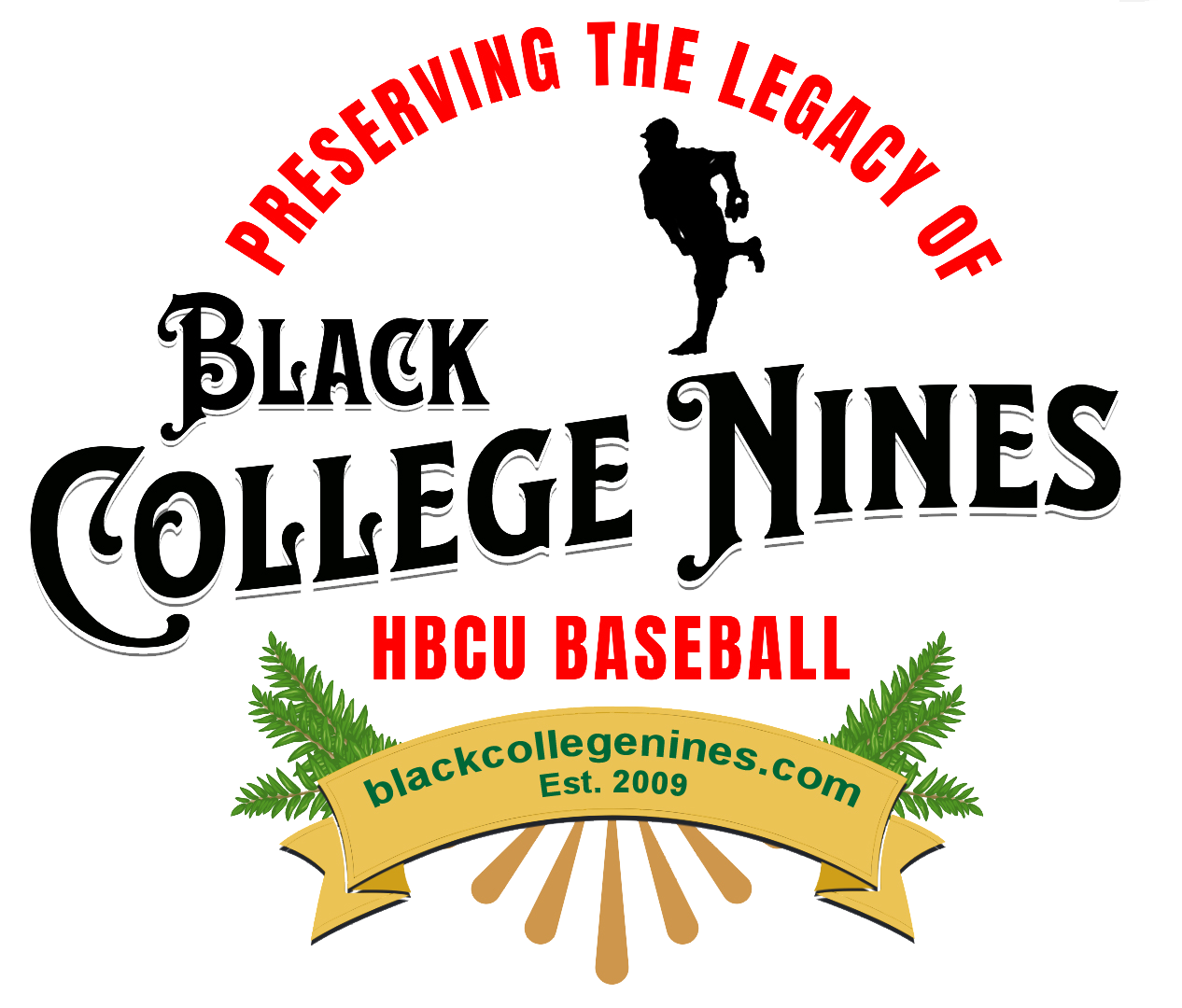
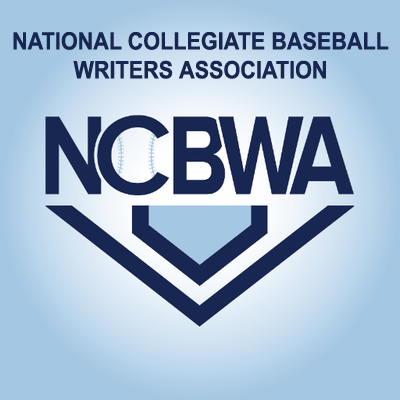

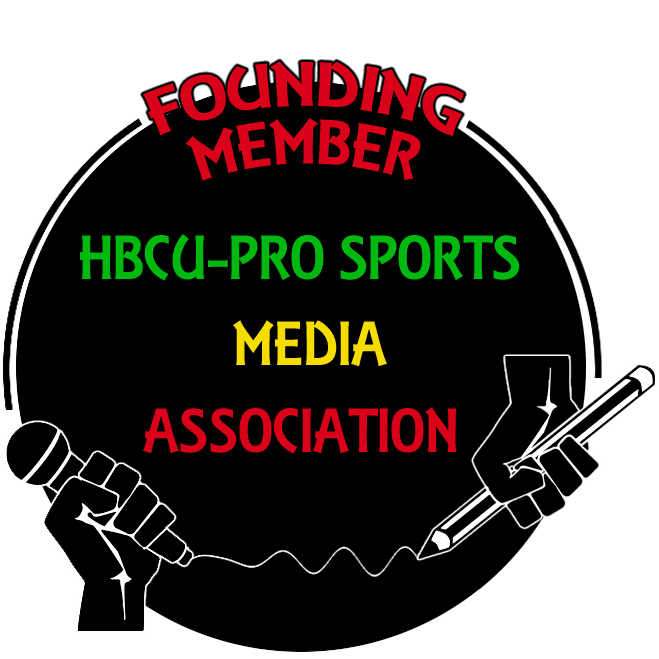

Great Read! I often Use her case in my Government class! Years ago I didn’t know about her baseball connection! I’m an Educator and College Baseball Umpire so I Love reading about baseball in general, and Black baseball in particular!
Great job Ms.Adderly! I am an old Rattler baseball player 1072-75. I played with Andre Dawson and Joe Durant. My coaches were “Pop” (Costa Kittles), Moses McCray-pitching coach and Robert “Luke” Lucas, infield coach. You had real savy!!
Dear Harriet (as I call you Linda,lol ). I read your article. I remember those days at FAMU. What an awesome article! Robert and Roy T. are playing baseball with the Angel’s. You were an outstanding player. I will always remember our trip to Milwaukee. I am proud of you. A friend always,Jackie Lucas
Thank you Mr. Malan and Ms. Adderley for this wonderful story. I enjoyed the entire article. I am inspired, proud and happy to learn about this awesome woman. I am a former graduate, athlete, teacher, administrator, and Hall Of Fame Inductee from FAMU- the school’s first Women’s A.D. (1970-1988). Ms. Adderley, I’m sad also to never have known your story; you are my new SHERO in FAMU Sports. I hope to meet and talk to you one day.
A great story, well told.